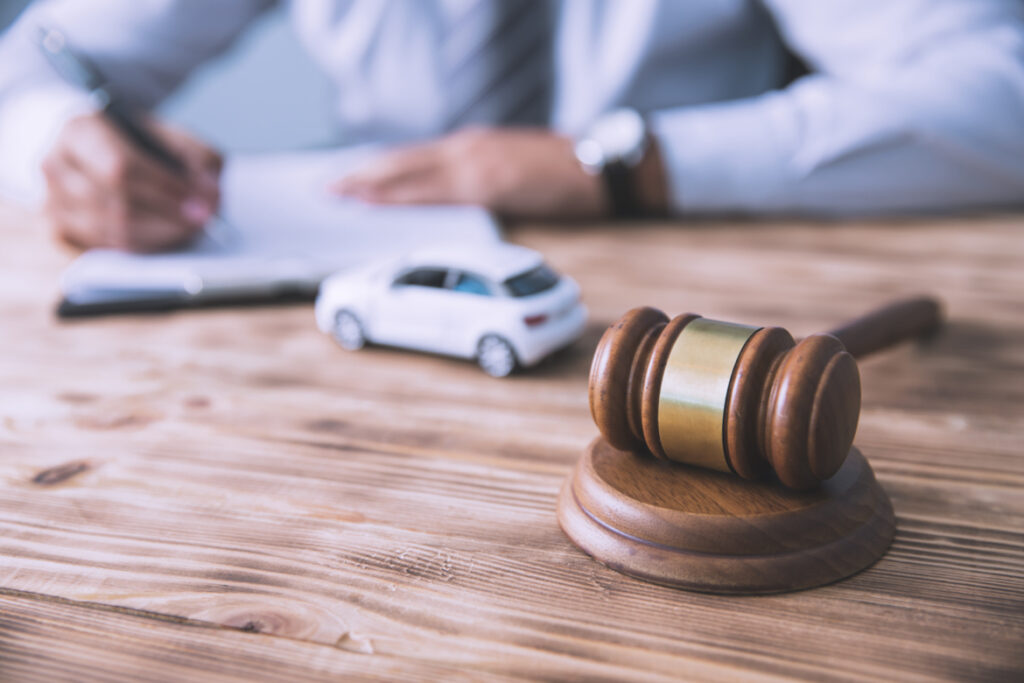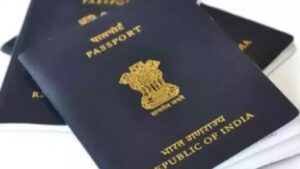
When an accident is caused by natural hazards, such as heavy rain, snow, or ice, establishing a fault can be a complex process. In the United States, the fault is typically determined by looking at the specific circumstances of the accident and applying the laws of the state where the accident occurred. A car accident lawyer Fort Wayne can inform you about the entire process.
Maintenance and treatment of accident scene
One of the first things to consider when establishing fault in an accident caused by natural hazards is whether the road or area where the accident occurred was properly maintained and treated. If a government agency, such as the Department of Transportation or the city government, is responsible for maintaining the road or area, it may be held liable if they fail to take proper precautions to prevent an accident.
For example, an accident occurs if a road is not properly salted or sanded in the event of snow or ice. As a result, the government agency responsible for maintaining the road may be at fault. Similarly, an accident occurs if a road is poorly designed, with inadequate drainage or poor visibility. As a result, the government agency responsible for designing the road may be held liable.
Precautions taken by the driver
Another factor that can be considered when establishing fault in an accident caused by natural hazards is whether the vehicle driver took proper precautions to avoid an accident. This can include driving at an appropriate speed for the conditions, keeping a safe distance from other vehicles, and using the appropriate lights and signals. If the driver fails to take these precautions, an accident occurs. As a result, they may be held liable for the accident.
Warning symbols present on the road
When establishing fault in an accident caused by natural hazards, it is also important to consider whether there were any warning signs or other indications that the road or area was dangerous. For example, if a government agency fails to post adequate warning signs about poor visibility or slippery conditions, it may be held liable for any accidents that occur as a result.
Comparative negligence
In some cases, an accident caused by natural hazards may result from a combination of factors, and assigning fault to a single party can be difficult. In these cases, the insurance company or court may use a concept called “comparative negligence” to assign a percentage of fault to each party involved in the accident.
It is worth noting that each state has its own specific laws and regulations for determining fault in an accident caused by natural hazards. Some states also have sovereign immunity laws, which protect the government from being sued for certain types of accidents, so it is important to check the specific state laws and regulations.




